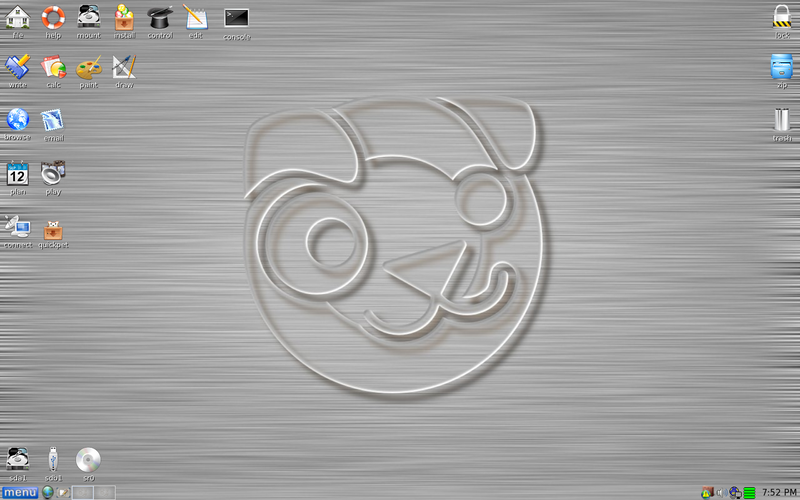Thanks. I'll give that a go. I've got the Puppy Linux Live CD ready to go. Before I do this, I just wanted to clarify that you know the problem I have is with an external hard drive that I have connected to a USB port? Will I be able to transfer data from the external hard drive onto my main hard drive?
In this section:
At the bottom left of your desktop a list of all hard drives/partitions, USB Drives, and Optical Drives are listed with a familiar looking hard drive icon.
Open your old hard drive i.e. sda1
Next, open your USB Flash Drive or External Drive. i.e. sdc or sdb1
If you open the wrong drive, simply X out at the top right corner of the window that opens. (Just like in Windows)
From your old hard drive, drag and drop whatever files/folders you wish to transfer to your USB Drive's Window.I assume I simply open the external hard drive (the drive with the directory problem), if I can, and then open the main hard drive - then drag whatever is on the external hard drive onto the main hard drive?
EDIT: It looked reasonably straight forward so I went ahead and tried it all, but ran into a problem immediately. I can't enter BIOS. On starting up, I am told that I should click on TAB to enter BIOS. But doing that takes me to a page that on stays for a second before moving me onto the Windows screen. I tried F2. That didn't take me to BIOS. So finally I went with delete as this seems to be standard for most people. However, after pressing delete and I am asked for the BIOS password, which I don't have.
Is there anyway around this? I read something online about "removing jumpers" from the motherboard, but opening it all up and messing about with the motherboard sounds risky for someone with no experience of these things.
Edited by cleanprophet, 06 December 2013 - 09:06 AM.
















 Sign In
Sign In Create Account
Create Account

